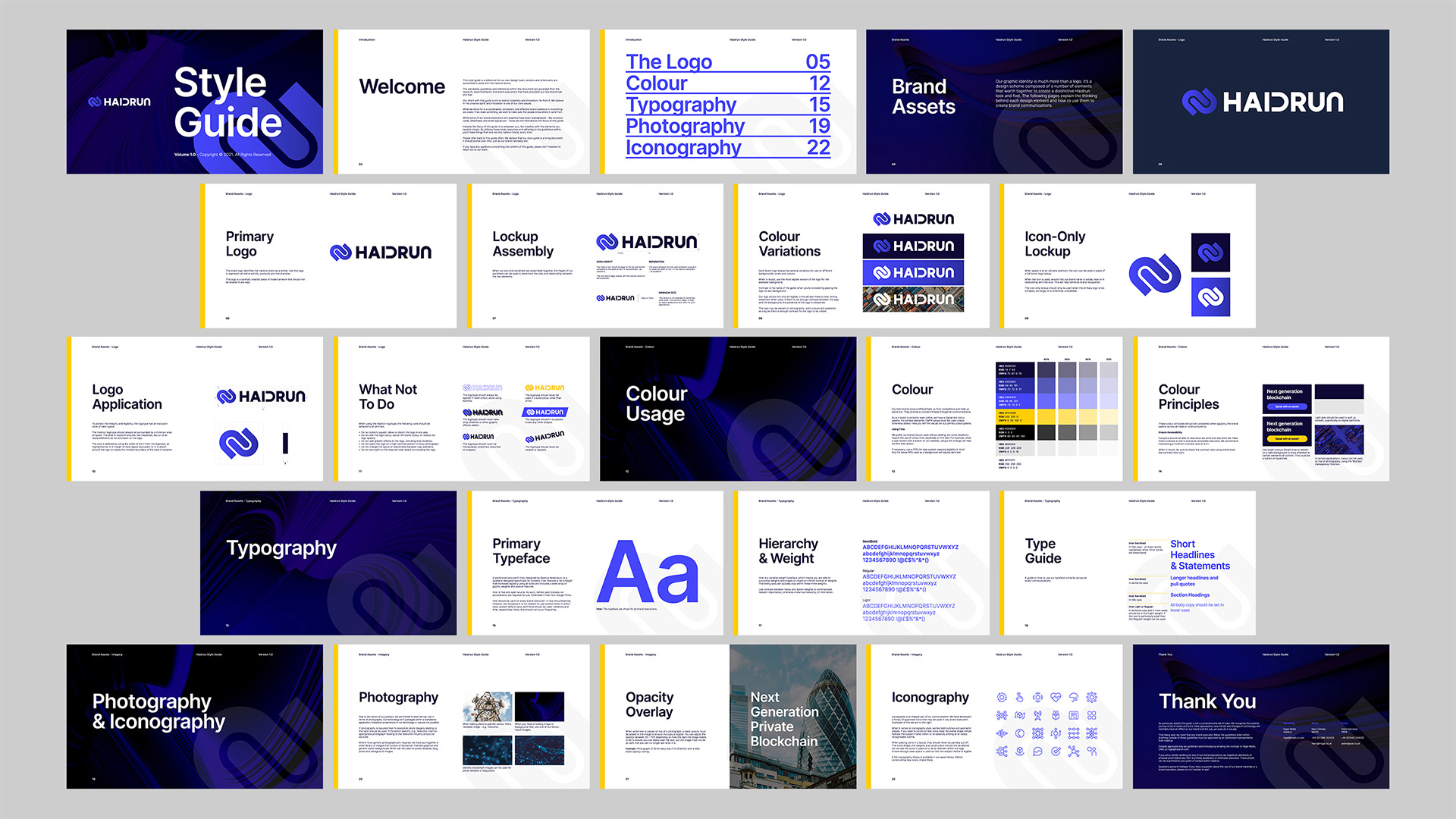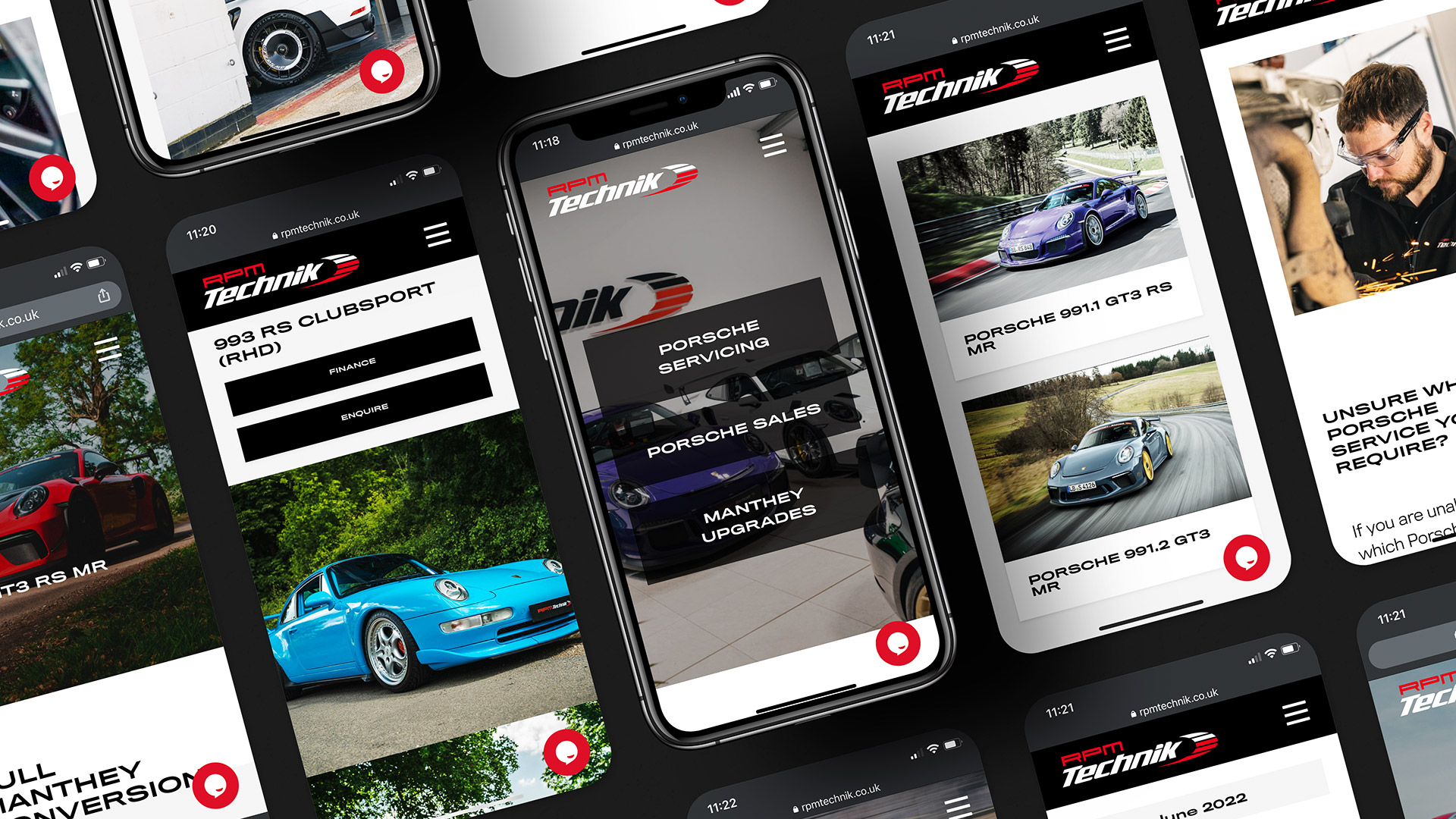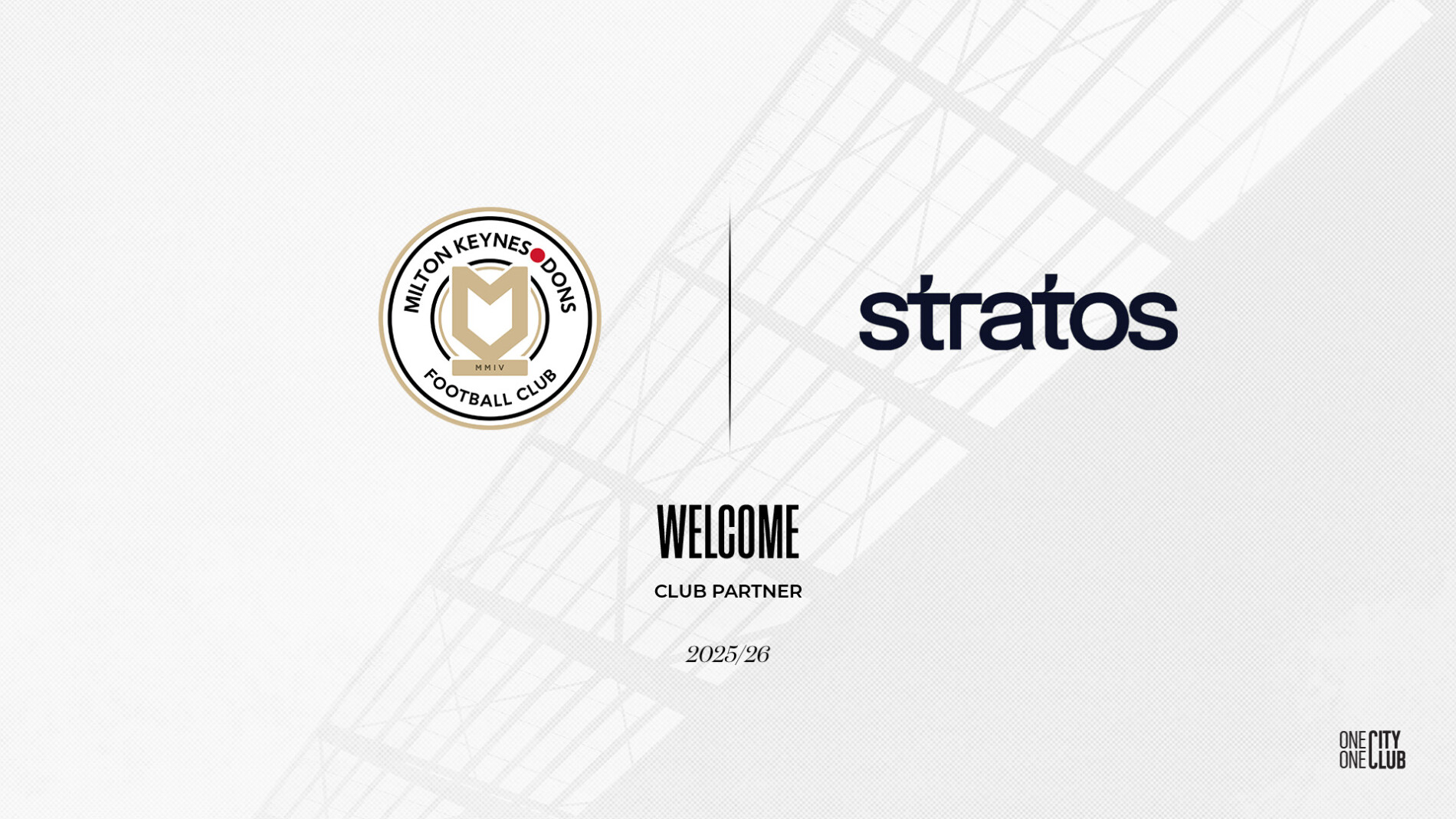Have you considered renewing your creative identity with a rebrand?
The decision to overhaul your creative identity is not one to be taken lightly. Rebranding an established business is precarious work. Done wrong, the repercussions could range from disappointed customers and investors to financial and reputational damage.
A successful rebrand relies on a comprehensive knowledge of your sector, your competitors, your audiences, and a clear understanding of what is and isn’t already working.
Rebranding can help you access new markets, compete with more cutting-edge competitors, reconnect with existing audiences, align your name with a new political or economic landscape and differentiate yourself in a saturated market. It can be the boost of impetus your business needs to propel its name in front of new markets and stakeholders. And it’s often the precursor to a new level of growth.
Read on to discover if a rebrand is right for you, and consider the following steps to approach this creative overhaul confidently and strategically.
Consider why
A rebrand should be approached with a firm purpose – not just because you fancy a new logo. Ask yourself honestly, why do we need to rebrand?
Is it to modernise your look? To communicate a new vision? To engage new customers? To reflect a merger/acquisition, or maybe a new business strategy?
Or perhaps your brand has grown since the last time you visited your branding and you want your rebrand to reflect that. It’s important to identify your ‘why’ early on this journey.

There are a number of reasons you might consider a rebrand. And the impact of a rebrand can be hugely beneficial if it’s executed with a meaningful strategy.
Outlining the reason ‘why’ early on will help you make decisions that directly impact the end goal, and add meaning and purpose to your decisions and strategy. Ensure all team members, stakeholders and investors are briefed on the ‘why’, so they understand its purpose and are on board with the end goal. A rebrand is a journey, and to avoid rocky waters, you’ll want everyone to be sailing in the same direction.
Evaluate
Evaluate your existing brand and your existing audiences. What’s worked well for you in the past and what hasn’t? Could the reason for your rebrand stem from a problem with your existing approaches, such as a lack of cohesion, or a barrier to accessing new audiences? Take a look at your website traffic and conversions; your social media engagement; your POS communications versus sales. This data will help you build a picture of where improvement is needed the most, and could potentially identify what’s causing blockages or sticking points in the customer journey. Perhaps you have an engaging logo and design, but your website’s user experience and copy are losing visitors on the first visit.
Evaluating your existing approach will help you define exactly what needs to be improved and implemented moving forward.
Assign leaders
Each corner of your brand will need revisiting as a part of the rebrand. Everything from the logo and typography, to the tone of voice, website and user experience. Each aspect will be a creative project in its own right. For example:

Design – Logo, typography, colour palette

Copy – Tone of voice, mission statement, website content, slogans and headlines.

Website – Development, user experience, styling, domain, maintenance and management

Social media – Launch strategy, paid ad campaigns, audience segmentation, posting schedule and campaign implementation
This starts to build a picture of the sizeable project at hand. As a result, all team leaders need to be synchronised in their approach to ensure consistency and momentum are aligned. It’s a good idea to assign one main project leader who oversees the entire process; someone with experience in handling larger creative projects, like a creative director or account director. A creative agency will already have the talent in-house to manage and oversee the project, so if you’re not confident about approaching the project internally, consider partnering with a reputable external party.
Research
Your markets, customers and audiences. What do they feel about your brand? What do you want them to feel? What do they think about the current look? Is your brand performing how you’d like it to, and does it reflect the morals, values and culture of your brand? This is a great time to talk to your audiences and gain real perspective in the form of quantitative and qualitative research.
Also consult your own evaluation of your existing brand (as mentioned above), and your competitors. How are your target audiences engaging with competitors?
Ultimately, your business values and strategies will underpin most decisions, but they should be well-informed by customers, audiences and real-time data.
Understand the new landscape
Last time you visited your brand, the world was likely a different place. Study this new landscape at length which should help you figure out where you fit, and how to respond.
You can’t please everyone, but by understanding the new landscape and how your existing and targeted audiences interact and respond to it, you can target your niche more effectively.
For example, if you’re in the realm of B2B, there’s now a significant proportion of Gen Z in the workforce. Does this matter to your strategy? Do they have different expectations of how your brand should be delivered?
Consider all touchpoints
Does the office need a redesign to reflect the new creative identity? Does your social media strategy need realigning? Consider all touchpoints your audience has with your brand and consider how this can be brought into alignment with the overhaul.

Prepare for launch
As the saying goes, “don’t post and ghost”. You can’t hit the publish button on your new look and then fail to engage and communicate with audiences. Communicate your “why”, the rationale and the purpose. You may even want to share ’BTS’ snippets from the journey. A rebrand is a fantastic opportunity to shed some light on how your creative thinkers work together and share insights into your team’s personality. It also shows you care about your place in society and how your brand is received by its targeted audiences.
You’ll also want to build up some anticipation around the rebrand and its launch to excite existing and new customers. This is the starting point for gaining traction within new markets and also attracting potential new investors (if that is the end goal).
Communicating the rebrand well is essential to its acceptance and a good reception once it lands.
Hopefully the above has dissected the rebranding approach in a way that seems more feasible. There is no doubt it is a monumental task and one that shouldn’t be taken lightly, but there is always the option to pair up with external experts who can help you identify areas of opportunity or new ideas you might not have seen yourself.
We’re always happy to have a conversation with others about supporting a rebrand journey or branding from scratch. Let us know if that’s something you’re interested in talking about more!











